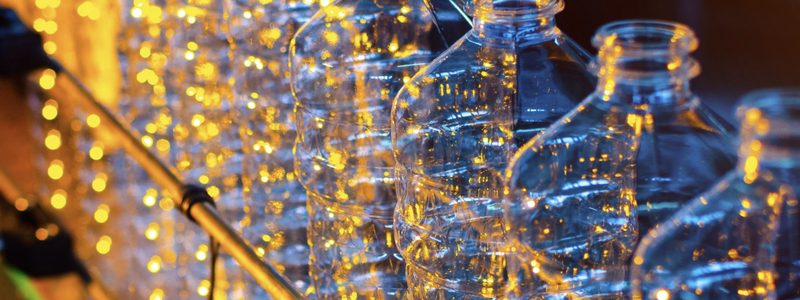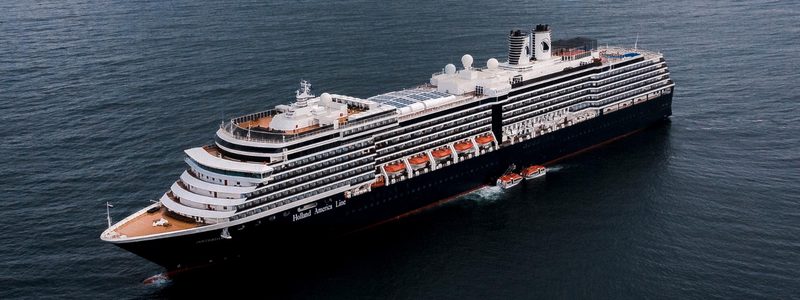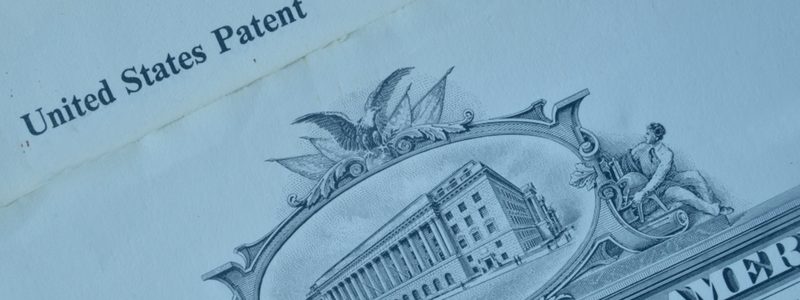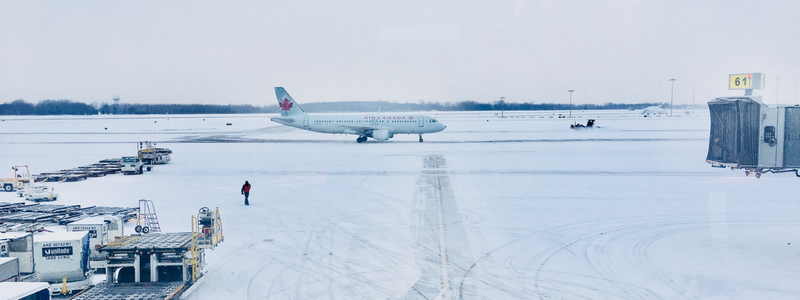Living in Indiana, I haven’t thought much about the issue of biofouling of ships and recreational boats and unless you’re a boat owner, it’s likely you haven’t either. Consider the beautiful cruise boats we see on ads. It’s a constant and costly challenge to keep the hulls white and free of barnacles, mussels, and other grunge. Buildup of these unsightly freeloaders causes drag, which slows the ship and increases fuel costs. Typical solutions are not environmentally friendly. Adaptive Surface Technologies (AST) led by CEO David Ward has additive and coating solutions for this and other sticky problems. AST is benefiting from strong global interest in more sustainable solutions. The VisionTech Screening Committee was impressed so we invited David to present at our May virtual pitch events. Here’s a preview.

BP: Tell me about your company and what unmet need you saw in the market(s) you serve?
DW: Adaptive Surface Technologies (AST) is an industrial technology company that produces additives and coatings that repel biological fouling we see in the marine industry plus other fluids, food, contaminants, and ice. Our products can be used for a wide range of aviation, consumer, industrial, marine, and medical applications—any applications where you don’t want material to stick.
A universal unmet need in consumer and industrial applications is better performing, environmentally friendly additives and coatings that keep material from adhering to and/or building up on a surface. You mentioned the marine industry. Current solutions to deter fouling often include biocides such as copper, which are not environmentally friendly. In the packaging industry, recycling is a top priority. Consumer products companies have to be careful not to add something to a package to improve performance that renders it nonrecyclable. Our products solve customers’ problems while protecting and improving the environment.

BP: What’s your solution (products) and what are the benefits?
DW: So far, we have brought two distinctive product groups to market: “Wet” SLIPS® liquid surface coatings and “Dry” AST repellent coatings and additives. We have SLIPS coatings for industrial and consumer packaging applications that deliver better non-stick properties than Teflon®. SLIPS coatings create a fully liquid surface that is ultra-smooth and super-slippery so unwanted fluids and biological foulants slide right off. One example is our SLIPS® ZERO™ coating for plastic food packaging that allows for the complete emptying of the container and does not interfere with recycling once the package is empty. With our coating, you can easily get all of the toothpaste or viscous food product out of the packaging. There are some videos on our website that demonstrate exactly how SLIPS® Zero works.
The “dry” AST products are based off of proprietary Surface-Active Polymer additives, which stratify to the surface and create hydrophilic domains within a hydrophobic matrix. These additives were developed to repel marine biofouling and have been commercialized as SLIPS® Foul Protect for marine applications. One product we currently have on the market is SLIPS® Dolphin™ Bottom Paint for recreational boaters. This paint creates an ultra-smooth, slippery surface that organisms can’t attach to. It lasts multiple seasons, so boat owners don’t have to worry about painting their boat every year. It’s also environmentally friendly. The commercial versions for tankers, cruise ships, and other commercial vessels performs the same way. Go to our website to see a demo of SLIPS Dolphin in action.

We’re currently working on a solution for repelling frost and ice for industrial and aerospace applications, a project which was started with the help of two government SBIR grants from the US Air Force (AFWERX).
BP: How big is your addressable market?
DW: The marine anti-biofouling coating market is close to $4 billion annually. The majority of the market is commercial shipping; recreational boating is just a fraction. The consumer packaging market is a bit difficult to quantify as there isn’t an existing solution to compare against but given there are billions of packages filled in our target market every year, the prospective licensing income is also very large.
BP: Do you have competitors? Is yes, what is your competitive advantage?
DW: Again, it varies by market but centers around performance and sustainability. In the marine market, various paints and coatings are currently used but 90% contain biocides and create microplastic waste because they are designed to decay into the water over time. Neither of those are environmentally friendly and with all of the attention on keeping oceans free of plastics and other non-natural material, we have a significant competitive advantage. In consumer packaging, we improve performance without adding anything that interferes with the package’s recyclability.
BP: You have very robust IP protection: 27 issued patents, 22 in prosecution.
DW: Yes, we do. They are split between patents filed by Harvard University when the liquid coating was developed and exclusively licensed to AST for our fields of use. The balance of the patents are owned by AST as we developed the dry coatings used for the marine industry.

BP: What is your revenue model?
DW: We predominantly license the use of our products to customers, and therefore gross margins are high. This keeps our revenue model simple. The sales cycle includes time for product validation, but when you’re written into the specs you are in a long-term relationship with the customer. The one outlier is our SLIPS Dolphin Bottom Paint for the recreational boating market. This is a traditional sales model.
BP: What is your traction to date?
DW: We have commercial products for the marine, consumer packaging and semiconductor manufacturing markets. As mentioned earlier we have benefited from non-dilutive funding from the U.S. Department of Energy, ARPA-E, U.S. Navy, and the AFWERX SBIR grant supporting development of our anti-frost dry coating.

We’re also excited that one of our new investors is AkzoNobel, a Dutch multinational company that creates paints and performance coatings for both industry and consumers worldwide, which we see as a major vote of confidence.
BP: How do you plan to use the funds from this round?
DW: Primarily as working capital as we expand our commercialization team and efforts. Our technology is done for marine and consumer packaging; it’s time to develop our market presence.
BP: Why should VisionTech Angels invest in Adaptive Surface Technologies?
DW: We have a very large and growing market opportunity. That’s aided by the environmental benefits we offer. Our technology is proven in the markets we’re focused on. Lastly, we have an expert management team who have deep industry and commercialization experience.

To learn more about Adaptive Surface Technologies, visit their website. VisionTech Angels’ May Pitch Events will be virtual on Thursday, May 26 at Noon ET and at 6 p.m. ET. Pitch events are open to our members and accredited investors interested in joining our group. To register, check your email for an invitation, go to our Events page where you’ll find the RSVP links, or email Ben Pidgeon at bpidgeon@visiontech-partners.com.
